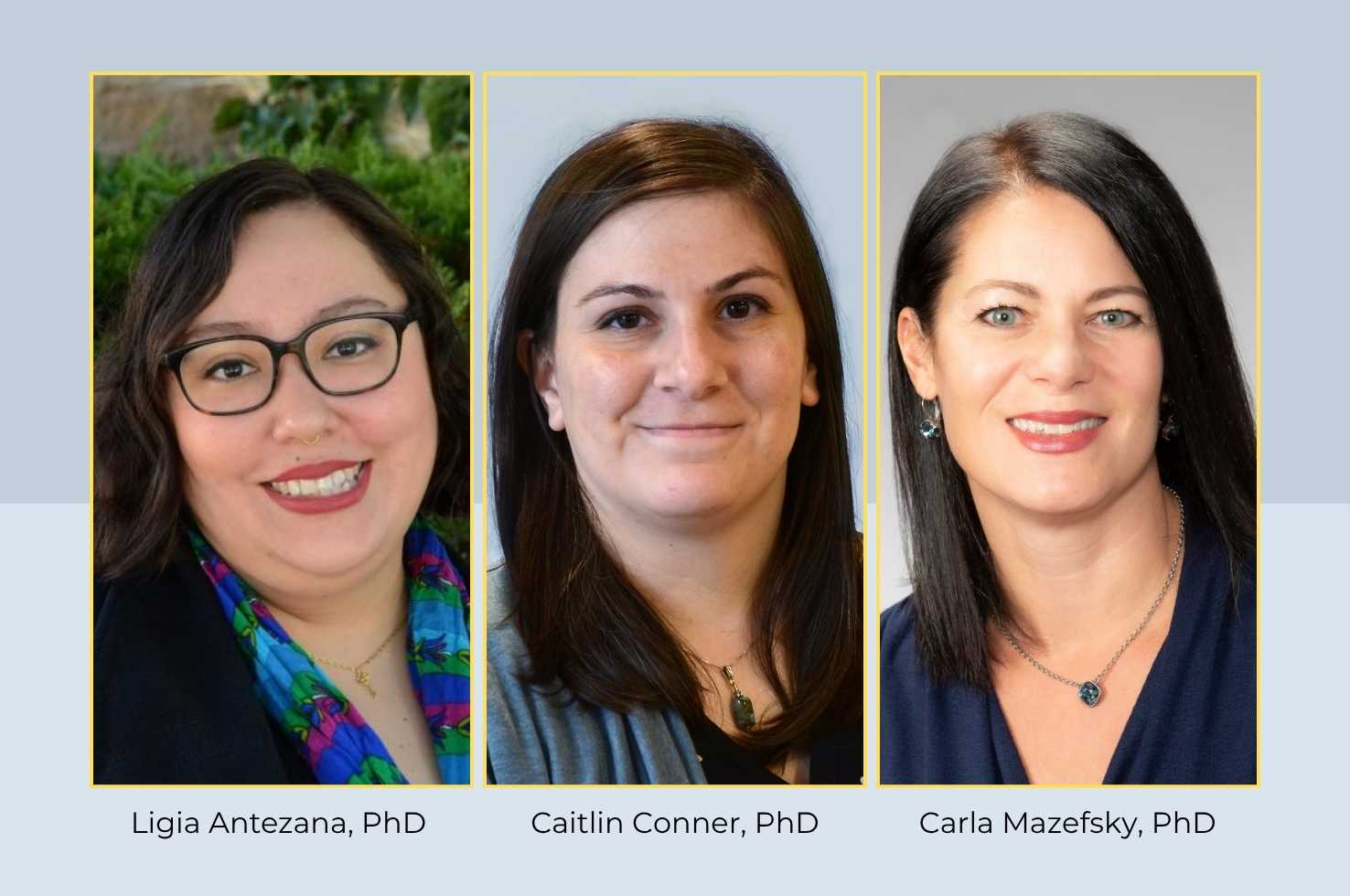Recently Published in Autism Research & Psychological Medicine: Advances in Understanding of Self-Injury and Adult Outcome Measurement to Improve Quality of Life

Recent studies led by Carla Mazefsky, PhD (Nancy J. Minshew, MD Chair in Autism Research and Professor of Psychiatry, Clinical and Translational Science, and Psychology), highlight current advances in autism research. Dr. Mazefsky is an expert in emotion regulation in autism, which had been previously understudied in autism research. She directs the Regulation of Emotion in Autistic Adults, Children, and Teens (REAACT) Program, which conducts research aiming to improve mental health and wellbeing for autistic people across the lifespan. The group focuses on identifying the mechanisms of emotion dysregulation in autistic people, developing measures of meaningful outcomes, and developing community-informed, innovative interventions. Two recent papers by REAACT embody these goals, aiming to improve outcomes through developing new measures to assess key aspects of adult life and improving understanding of self-injury behaviors in autistic youth.
Dr. Mazefsky and her collaborators, including first author Caitlin Conner, PhD (Research Assistant Professor of Psychiatry), and co-senior author Shaun Eack, PhD (James and Noel Browne Endowed Chair and Professor of Social Work and Professor of Psychiatry), conducted psychometric testing of the Relationships, Employment, Autonomy, and Life Satisfaction (REALS) Measures that they developed. The REALS Measures assess outcomes pertaining to social relationships, employment, autonomy, and life satisfaction in adults with intellectual and developmental disabilities, including autism.
The investigators found that the Measures have useful psychometric properties including high precision and acceptable respondent burden, and accordingly, are applicable for service provision, clinical, and research arenas for autistic adults and adults with other intellectual and developmental disabilities.
Conner CM, Yu L, MacKenzie KT, Zeglen KN, Rutenberg EL, Pilkonis PA, Eack SN, Mazefsky CA.
Autism Research. Volume 18, Issue 3, March 2025: Pages 583-603.
Self-injurious behaviors are common in autistic people. Investigators including first author Ligia Antezana, PhD (postdoctoral scholar), co-senior author Helmet Karim, PhD (Assistant Professor of Psychiatry and Bioengineering), and Dr. Mazefsky conducted a study in which they aimed to determine associations of distinct self-injurious behavior types with common psychiatric, emotional, medical, and socio-demographic factors.
Results of the study, which included 323 autistic youth ages 4-21 years old, showed that no single factor relates to all self-injurious behavior types, and self-injurious behavior types have unique sets of associations. More repetitive motor movements and lower adaptive skills are associated with most types of self-injurious behavior; female sex is associated with hair/skin pulling and self-rubbing/scratching. More attention-deficit/hyperactivity disorder symptoms are associated with self-rubbing/scratching, skin picking, hair/skin pulling, and inserts finger/object. Inserts finger/object has the most medical condition associations. Self-hitting against surface/object has the most emotion dysregulation associations. Future work can develop clinical likelihood scores for specific self-injurious behavior types in inpatient settings, which can be tested with large community samples.
Antezana L, Conner CM, Eldeeb S, Turecki S, Siegel M, Karim HT, Mazefsky, CA.
Psychological Medicine. 2025;55:e98. doi:10.1017/S0033291725000637
